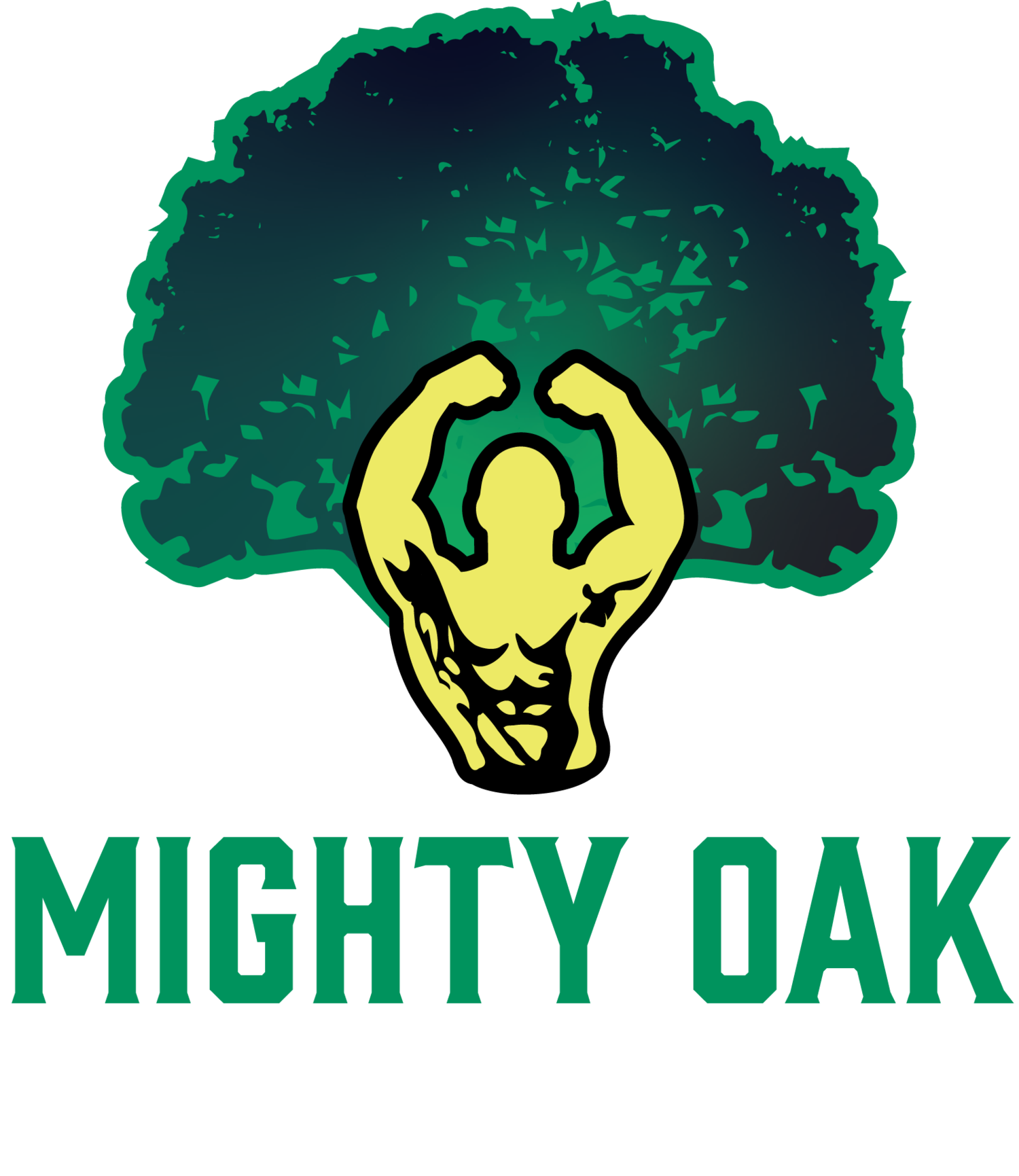How to Run Faster: The Secret Isn’t Moving Your Legs Quicker
Mighty Oak Athletic Podcast S1:E1 - How to Run Faster
Why Your Running Speed Depends on Strength - To Run Faster, Exert More Force on the Ground
Many people believe that to run faster, you must simply move your legs quicker. However, running speed is not just about how fast your legs move; it's about the force you exert on the ground with each step. Think of it like throwing a basketball with increased force against the ground. Each time it hits, it bounces back faster and higher. The same concept applies to running: the more force you push into the ground, the more propulsion you create, and the faster you go.
However, it's important to understand that running faster isn't about slamming your feet into the ground. That can lead to injuries such as shin splints or stress fractures. Instead, athletes must develop a relationship with the ground, focusing on propelling themselves forward by pushing away from it with power and control. This requires a balance of strength, coordination, and proper technique, which is where strength training comes into play.
Why Strength Training Matters for Running Faster
Strength training is essential for helping athletes exert more force with each stride while maintaining proper technique. When you train your muscles to produce more force, you improve your ability to accelerate, maintain speed, and change direction quickly. This is crucial in virtually every sport, from soccer and football to basketball and track.
Strong muscles also help absorb the impact forces that occur with every foot strike. When muscles are weak or imbalanced, other structures like ligaments and tendons may take on more load than they are designed to handle, leading to overuse injuries. By incorporating strength training, student athletes can create a stronger, more resilient body that is less prone to injury.
Strength Training for Student Athletes: Key Benefits
1. Improved Power and Speed: Strength training helps muscles generate more power. When an athlete’s legs are stronger, they can push harder against the ground with each stride, increasing their running speed.
2. Enhanced Running Economy: Stronger muscles require less energy to perform the same movements. This means athletes can run faster and longer before fatigue sets in, enhancing their overall performance.
3. Injury Prevention: A well-rounded strength training program helps build a balanced body, reducing the risk of common injuries like sprains, strains, and stress fractures. It also prepares the muscles, tendons, and ligaments to withstand the physical demands of sports.
At-Home Bodyweight Workout for Faster Running
Building strength to run faster doesn’t require fancy equipment or a gym. Below is an at-home bodyweight workout designed to help athletes get stronger, exert more force on the ground, and ultimately run faster.
Warm-Up (5-10 minutes)
- High Knees: 1 minute
- Butt Kicks: 1 minute
- Dynamic Lunges: 1 minute per leg
- Leg Swings: 10 swings per leg, forward and side-to-side
Strength and Power Exercises (Perform 2-3 rounds)
1. Single-Leg Squats to a Chair:
- Reps: 8-10 per leg
- Instructions: Stand on one leg in front of a chair, lower your body to tap the chair with your glutes, then push back up. This exercise builds single-leg strength and stability, critical for pushing off the ground with more force.
2. Broad Jumps:
- Reps: 8-10 jumps
- Instructions: Stand with feet shoulder-width apart, bend your knees, and explode forward as far as you can. Focus on a soft landing with bent knees to absorb the impact. This exercise improves explosive power and mimics the force production needed in running.
3. Split Squat Jumps:
- Reps: 10-12 per leg
- Instructions: Start in a lunge position, jump and switch legs mid-air, landing softly in a lunge position with the opposite leg forward. This exercise helps build power in the quads and glutes for increased force production.
4. Calf Raises:
- Reps: 15-20 per leg
- Instructions: Stand on the edge of a step or a raised surface with heels hanging off. Rise onto the balls of your feet, then slowly lower back down. Strong calves are essential for pushing off the ground with each stride.
5. Plank with Leg Lift:
- Duration: 30 seconds per side
- Instructions: In a plank position, lift one leg and hold, engaging your core and glutes. Switch sides. A strong core stabilizes the body while running, enabling efficient force transfer from the legs.
Cool Down (5-10 minutes)
- Standing Quadriceps Stretch: Hold for 30 seconds per leg.
- Hamstring Stretch: Hold for 30 seconds per leg.
- Hip Flexor Stretch: Hold for 30 seconds per leg.
- Calf Stretch: Hold for 30 seconds per leg.
Consistency is Key
Developing strength and speed takes time and consistent effort. By incorporating these bodyweight exercises into a regular training routine, athletes can build the foundational strength needed to exert more force on the ground, improving their running speed and overall sports performance.
Strength training is not just for muscle building; it’s a vital component for running faster and staying injury-free. With the right training approach, athletes can maximize their potential and perform at their best on the field, court, or track.

